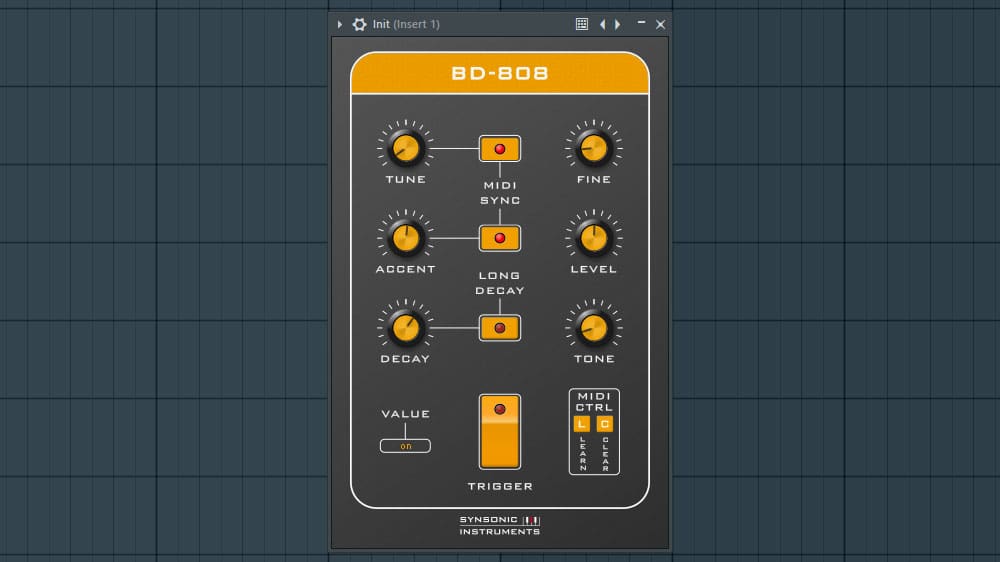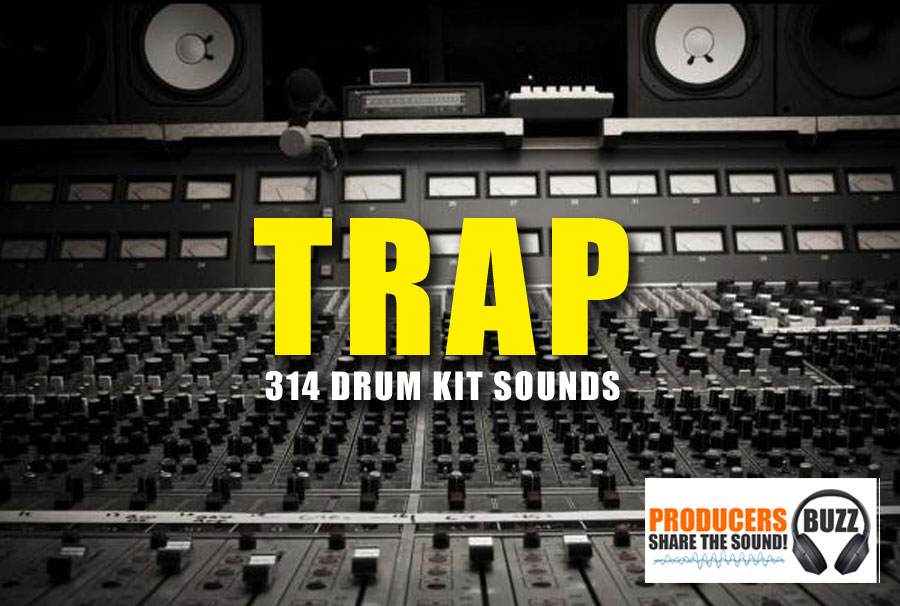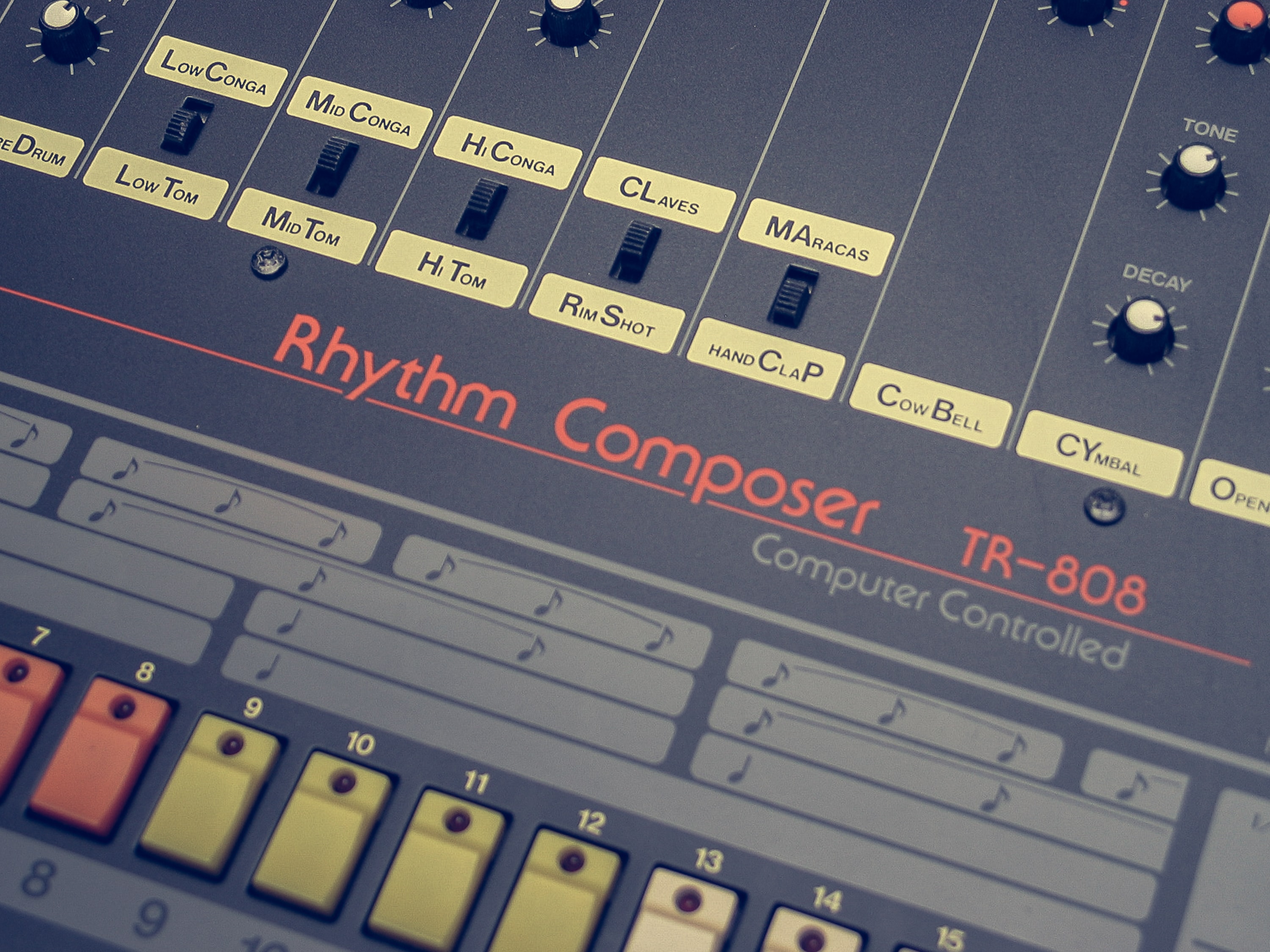
The drum set was initially referred to as a "trap set", and from the late 1800s to the 1930s, drummers were referred to as "trap drummers". This resulted in a greater swing and dance feel.

While the music was first designed to accompany marching soldiers, this simple and straightforward drumming approach led to the birth of ragtime music, when the simplistic marching beats became more syncopated. With this approach, the bass drum was usually played on beats one and three (in 4Ĥ time). This contributed to the creation of the drum set by developing techniques and devices that would enable one person to replace multiple percussionists.ĭouble-drumming was developed to enable one person to play both bass and snare drums with sticks, while the cymbals could be played by tapping the foot on a "low-boy". Drummers in musical theater appeared in stage shows, where the budget for pit orchestras was often limited due to an insufficient amount of money able to purchase a full percussionist team. The bass drum, snare drum, cymbals, and other percussion instruments were all struck with hand-held drumsticks. By the 1860s, percussionists started combining multiple drums into a set. In the 1840s, percussionists began to experiment with foot pedals as a way to enable them to play more than one instrument, but these devices would not be mass-produced for another 75 years. ( July 2019) ( Learn how and when to remove this template message)īefore the development of the classic drum set, drums and cymbals used in military and orchestral music settings were played separately by different percussionists.

Unsourced material may be challenged and removed. Please help improve this article by adding citations to reliable sources in this section. Follow MusicRadar on Instagram to stay up to date with the latest gear news, artist interviews and tech tutorials.This section needs additional citations for verification.Yes, we're aware that it's 2023 and the pills have long since worn off, but the synths, samples and studio techniques that defined this era remain as culturally relevant as ever. The latest edition of SampleRadar revisits the glorious and euphoric sounds of the '90s rave scene. Check out their latest issues for many more, but first, scroll through the links below (ordered alphabetically) and get downloading! Latest update: 505 free rave synths samples Because they're royalty-free, you're welcome to use them in your music in any way you like - all we ask is that you don't re-distribute them.Īll the samples originally appeared as free downloads or cover discs given away with issues of Computer Music or Future Music magazine.


The samples are supplied as WAV files so can be imported directly into your DAW of choice. The great news is that you won't have to pay a penny to download any of them. Here you can find links to all of our entries, which feature collections of loops, hits and multisamples in a wide range of genres.


 0 kommentar(er)
0 kommentar(er)
